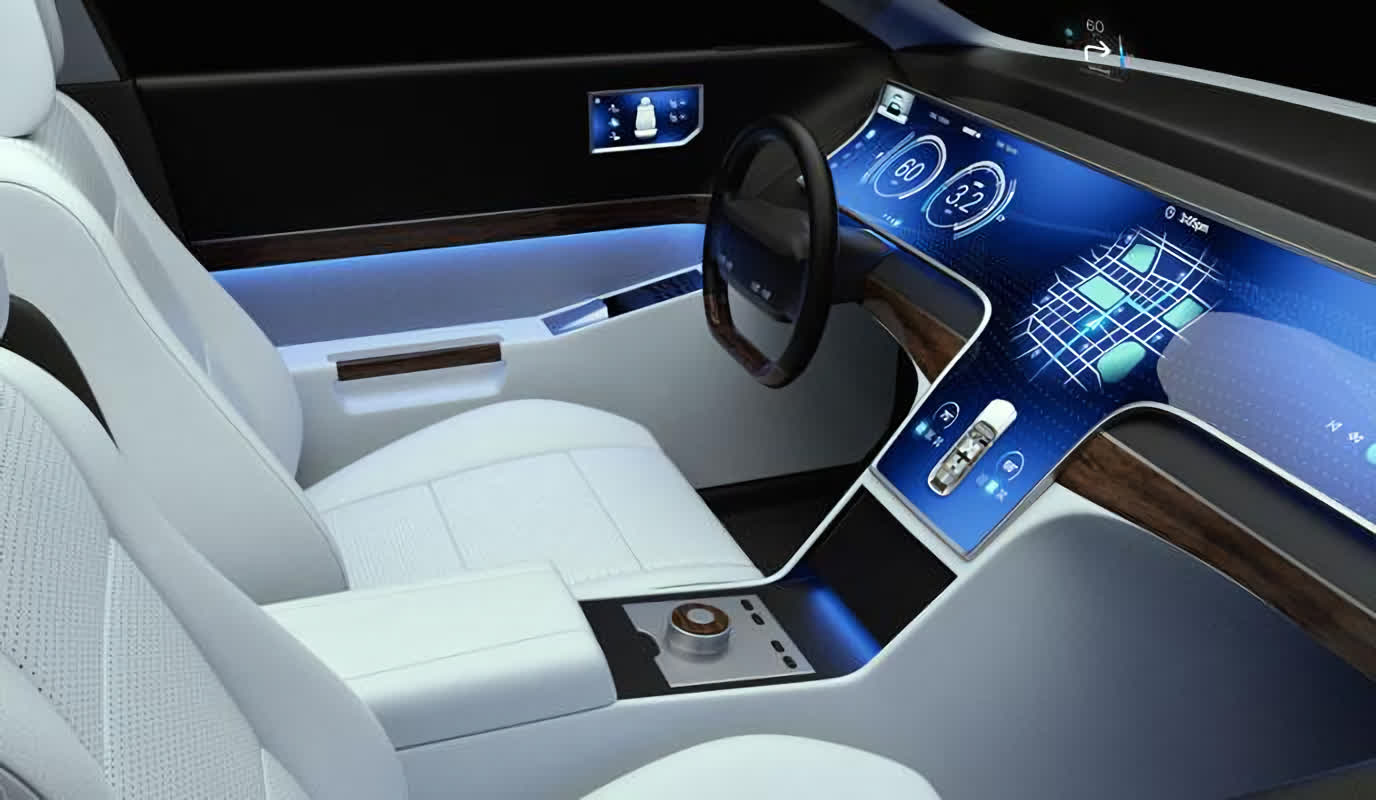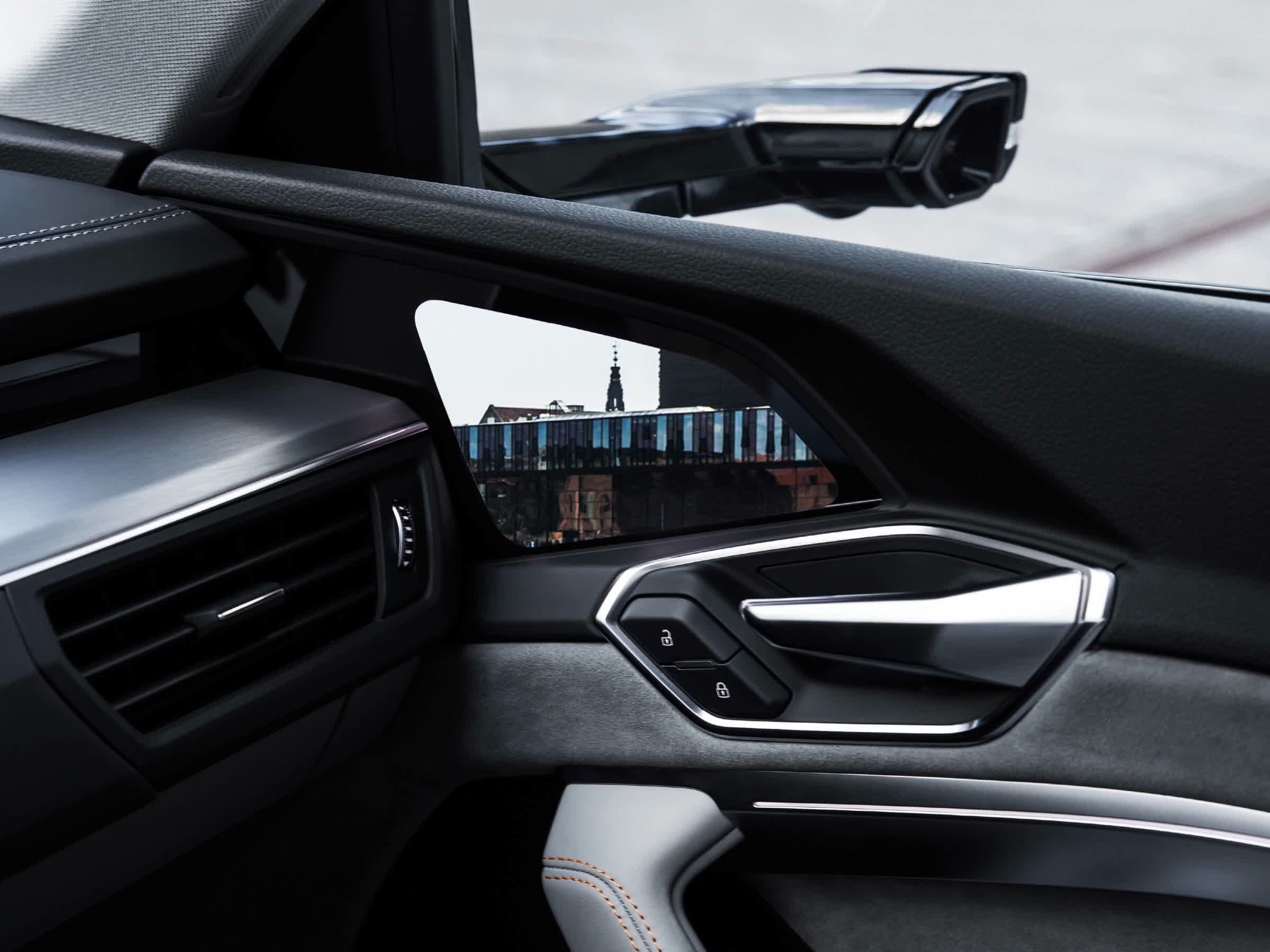Editor's take: Automotive semis are transitioning from the near-anarchy of dozens of independent vendors selling hundreds of discrete parts to platforms powering cars' major systems. Great news for the big analog companies, if they can make the leap to digital.
A perennial joke around D2D HQ refers to the dollar content in automotive semis – it is the market of the future and always will be. We have been preparing the same slide for almost a decade showing some version of "Cars of today $X of semis" and "Cars of tomorrow $XYZ of semis," you can fill in the variables with any number you choose.
Of course, nowadays it seems like that future might actually be approaching, so we think it is worth digging into where all those auto semis will go.
Editor's Note:
Guest author Jonathan Goldberg is the founder of D2D Advisory, a multi-functional consulting firm. Jonathan has developed growth strategies and alliances for companies in the mobile, networking, gaming, and software industries.
Our basic premise – laid out here – holds that we need to think about auto semis developing over three stages. Today, the vast majority of semis in cars are fairly low-priced not-quite-commoditized chips, largely microcontrollers, power management, actuators and sensors. These are chips priced for a few dollars a piece. This market is dominated by analog companies like Texas Instruments, ADI, NXP and others.
Far out in the future, we will have autonomous vehicles (probably, maybe), which will require heavy duty compute, chips priced for hundreds of dollars a piece. This market is currently being led by Nvidia and many others are finding their way in the dark. But in between, the market that is emerging right now, is the digital or software-defined vehicle, which require some advanced processing to handle infotainment, automated driver assistance (ADAS) and the "digital cockpit", chips priced at for tens of dollars each. This market is where Qualcomm, Mobileye and many internal auto OEMs efforts are currently duking it out.
Of course, the reality is more complex. We recently learned that the average luxury sedan has over 200 microcontrollers in it, and even an economy car can have over 50. This gives the first hint of the scope of the challenge/opportunity. Ford's CEO recently spoke about the problems of applying a consistent semiconductor strategy across all these parts.
The auto OEMs have spent the past 50 years decentralizing their supply chains, moving away from the vertical integration that marked the first 50 years of the industry's history. This model is not going to work as software becomes a more dominant part of the industry. By some metrics Tesla is the most vertically integrated automaker right now, going so far as to design their own chips and software.
The incumbent automakers seem to recognize the scope of this problem and many are moving to take a more holistic approach to semis and compute. They will not make this transition overnight.

The incumbent automakers seem to recognize the scope of this problem and many are moving to take a more holistic approach to semis and compute. They will not make this transition overnight. They will not jump from the near-anarchy of 200 microcontrollers from a dozen vendors to a single super-chip. They want their existing vendors to provide more comprehensive platforms.
This does not mean a single software operating system (OS) to run the whole car, instead this will mean some form of integrated platforms for each system on the car – sensors, motion control, power management, security and safety, indoor and in-dash systems and probably a few more. Many of these will likely be further subdivided into zones (e.g. for each tire, the engine, etc.). The semis of each of these platforms will need to be much more tightly coupled, each with its own software stack.
All of this is good news for the incumbent semis vendors. Texas Instruments, NXP and the rest have the opportunity to add digital capacities to their analog chips, and move from selling discrete chips to complete modules and boards.
This is a big increase in their value add and hopefully they will be able to capture some of those economics. Of course, this assumes they can actually build these digital functions. For most of the companies, this is a fairly weak muscle, and they may struggle to move up their curve, and maintain a digital roadmap far out into the future.
